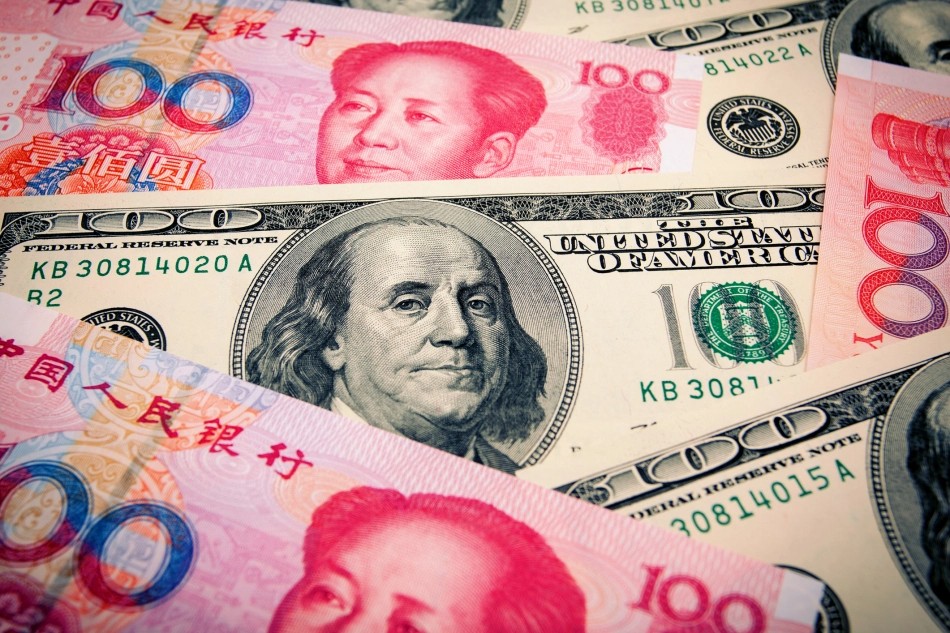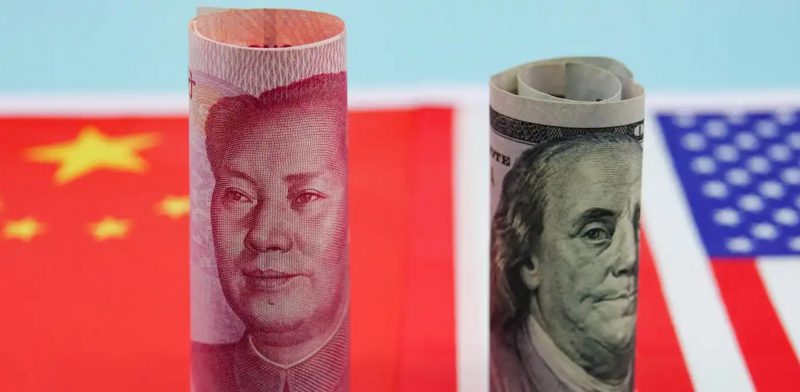With the BRICS Summit less than a month away, Argentina and Bolivia are using the Chinese yuan for international settlements. Indeed, Argentina utilized the currency in a recent payment to the International Monetary Fund (IMF). Alternatively, Bolivia has been using the currency in international payments.
The continued rising relevance of the yuan has been a notable development of the year thus far. Moreover, as the bloc continues de-dollarization efforts, the international use of the yuan has become incredibly important. With more nations adopting the currencies, their connection to the BRICS alliance could continue to shift the geopolitical outlook.


Also Read: Bolivia Ditching US Dollar for Chinese Yuan in Global Trade
Argentina and Bolivia Utilizing Chinese Yuan for International Payments
The BRICS bloc has continued its de-dollarization approach, as both Argentina and Bolivia are increasing their utilization of the Chinese yuan. Indeed, both nations have opted to utilize the currency in different ways on an international basis.
Argentina is set to complete part of an IMF payment using the Chinese yuan. Moreover, reports note that the $3.4 billion settlement for July will be made with a lot of funds. Among them is the Chinese yuan.


This kind of development would certainly not be the first instance of Argentina utilizing Chinese resources. In June, Argentina used $1 billion in the yuan when $2.7 billion was disbursed by the country’s central bank.
Also Read: China Banks Reportedly Selling US Dollars to Buy Yuan
Alternatively, the Central Bank of Bolivia recently stated that it will be conducting international settlements in the yuan. Specifically, Economy Minister Marcelo Montenegro announced that the country has already been paying international settlements with the Chinese currency.
Both developments mark a notable shift away from the US Dollar. Specifically, driven by China and its economic alliance. Throughout the year, they have noted a commitment to de-dollarization. Part of that has been the rising use of the Chinese yuan internationally.





